Welcome to the latest installation of the award-winning, imaginatively-titled series of posts “Birding Northeastern Germany.” When we last left our intrepid trio of birders both the beach and the bombed-out pine forest had been pretty productive in terms of bird-life and we were about to depart on a wild goose chase after a hoped-for Pink-footed Goose.
After the morning of birding we had I didn’t expect that Jochen, Hendrik, and I would be able to see as much in the afternoon. And I was kind of right about that though we did see some pretty spectacular birds. Driving back across Useland we saw some more Eurasian Goldfinches feeding on someone’s sunflowers in a garden and Jochen spotted two White-tailed Eagles, an adult chasing off an immature. We drove around looking for geese and found some, but not as much as Jochen had been hoping to see. Why was Jochen so concerned with seeing geese? It’s his job!
We did see both the Taiga and Tundra versions of the Bean Goose, considered separate species by the American Ornithologist’s Union (though I’m not sure how others view them). Graylag Geese and Greater White-fronted Geese were seen more often, feeding in fields and in flight. And the raptors, so many raptors: a Northern Goshawk being chased by a feisty Eurasian Sparrowhawk in an accipiter showcase, a Hen Harrier coursing over open fields, Common Kestrels hovering on the hunt, a Red Kite menacing from a power pole, and Common Buzzards from dark to light.
A flock of Corn Buntings was a nice find, feeding in fields and perching on wires. Also nice to see well were Stock Doves in a field full of European Golden Plovers and Northern Lapwings, a relieving look as now I don’t have to wonder if the birds I saw sans binoculars in Berlin were actually Stock Doves or not.
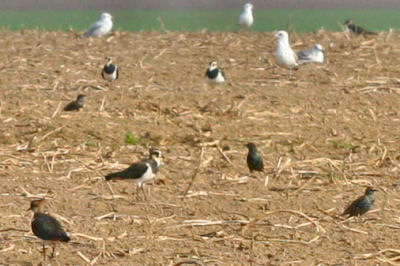
Northern Lapwings, starlings and gulls
Then we decided to chase after a reported Great Grey Shrike, a bird that I was interested to see because though it currently is considered conspecific with the North American Northern Shrike someday it might be considered a separate species. That and, well, duh, shrikes are cool! We got to the spot and Jochen spotted it in a tree. It was that easy. Figures I see a shrike in Germany this year before I have one for my New York State list.
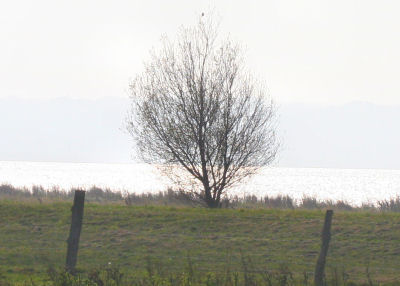
worst ever picture of a shrike (at the top of the tree)
After that we visited a beach on a bay near Ludwigsburg where a Purple Sandpiper had been recently reported and struck out on that but hit pay dirt when we walked back through a forest. A foraging flock included my life Marsh Tits, Lesser Spotter Woodpecker, Eurasian Nuthatch and Short-toed Treecreeper. Four lifers in one flock and about two minutes. Not bad! Continuing through the forest didn’t reward us with much more, though Jochen and Hendrik certainly tried very hard to find more birds.
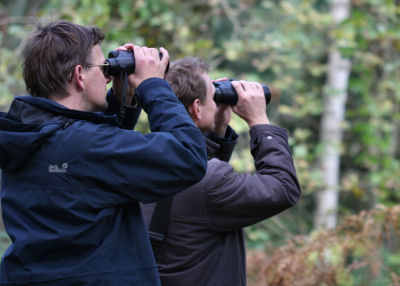
Hendrik and Jochen: German birders extraordinaire!
We did, however, hear what sounded like a large flock of Crossbills and see, kind of, a flock of about 20 Song Thrushes feeding in a berry bush. Song Thrushes like to feed on the interior branches of bushes and trees, and don’t like to let American birders get good clean looks at them. I swear, I saw at least ten of them from a range of about twenty feet but never got to see more than a part of a bird or a fleeting glimpse of a whole bird. But I do feel like I could identify one if I saw it again, if only by behavior.
After all of that birding we still had light left in the day…well, Hendrik and I did but Jochen had to head home to help his wife get their new apartment put together. He left us at the Kieshofer Moor, where we hoped to track down some more species of woodpecker and maybe some Long-tailed Tits. But before we said our goodbyes he took a shot of Hendrik and I that was not at all posed and had nothing to do with the make of car that I had rented.
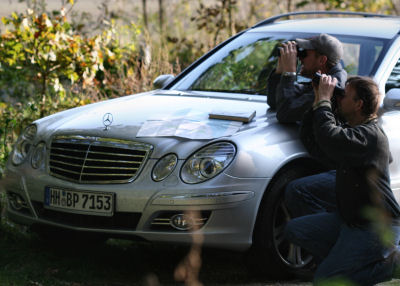
Hendrik and me birding in style


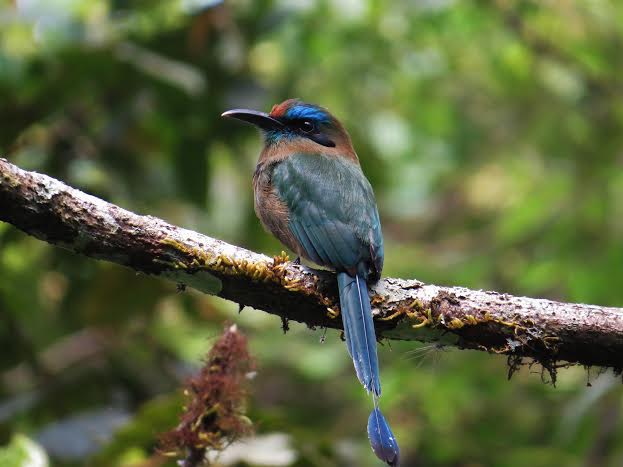
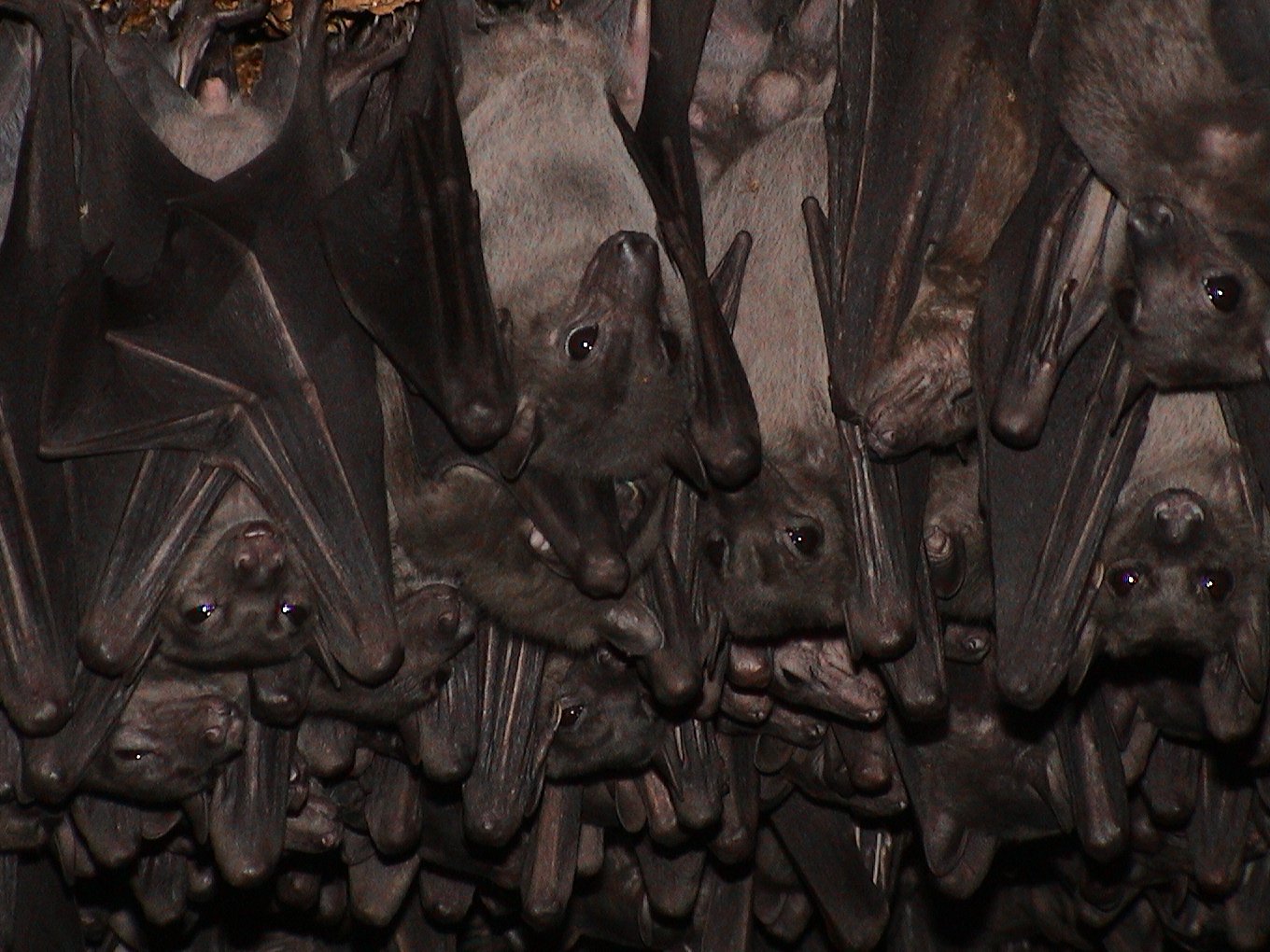

 New writers welcome – please contact us for details.
New writers welcome – please contact us for details.

















Great posts! I love reading about birding in other countries!
good birding to you!
Jochen: German geese-misser extraordinaire:
Can you believe it??
Last week a friend told me of a field in the Ziese valley (close to where we searched) that had hosted 15,000 geese the two days before, amongst them at least 1 Pink-foot.
When I went there (the very next day!!) they were all gone, no clue where to.
Stuck on bad Goose Luck.
Thanks Veery…and Jochen, I guess we were a day late and a goose short. Story of my (birding) life. Sigh.
I just read an email on our local “birder-forum”: that field that hosted 15,000 geese while I was NOT there an 0 geese when I was there had 1,000 geese today (while I was NOT there), amongst them 2 Pink-feet.
Such is life… It happens to all of us, but it still is so utterly unfair.
Nice to see you were birding in style… And I have to ask is there a German equivalent of Stewarts?
How can you bird if there are no Stewarts?
If they were always where we want them to be birding would be no fun, Jochen…
And Will, there are no Stewarts in Germany. But many gas stations have a wide variety of baguette sandwiches and the chocolate bars available are far better than Stewart’s. But I’ll tell you, it was difficult.